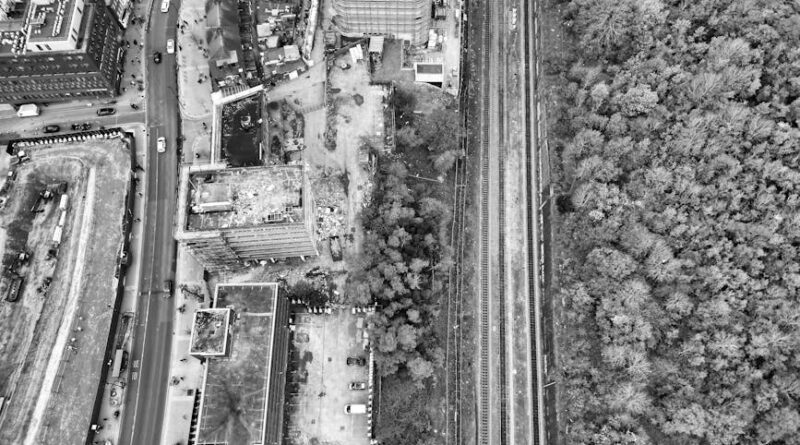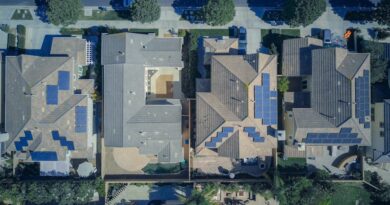Unlocking the Potential: Using Drone Footage in Commercial Real Estate
Imagine soaring over a bustling cityscape, capturing sweeping views of towering skyscrapers and sprawling commercial propertiesall from the vantage point of a high-tech drone. This futuristic scenario is not just the stuff of science fiction but a rapidly growing reality in the world of commercial real estate. Drones, with their ability to provide stunning aerial footage and detailed property insights, are revolutionizing the way real estate professionals market, survey, and showcase properties. In this article, we will delve into the exciting realm of using drone footage in commercial real estate, exploring its benefits, applications, and potential impact on the industry.
The Rise of Drones in Real Estate Marketing
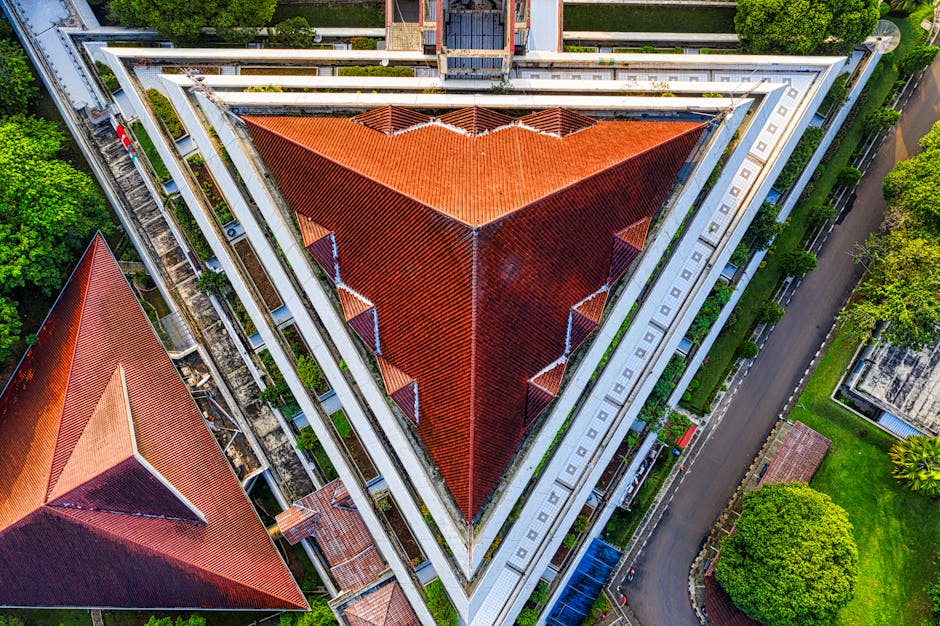
As technology continues to advance at a rapid pace, drones have emerged as a powerful tool for real estate marketing. Gone are the days when static photographs or basic videos sufficed to showcase commercial properties. Today, drone footage offers a unique and dynamic perspective that captivates potential buyers and investors. By providing stunning aerial views, drones allow real estate agents to highlight key features of a property, such as its location, size, and surrounding amenities, in a visually engaging manner.
One of the key advantages of using drone footage in real estate marketing is the ability to stand out in a crowded market. With the rise of online listings and virtual tours, it has become increasingly challenging to capture the attention of prospective buyers. Drones offer a novel way to differentiate a property listing and attract more views, leading to increased interest and potential sales.
Enhancing Property Surveys and Inspections
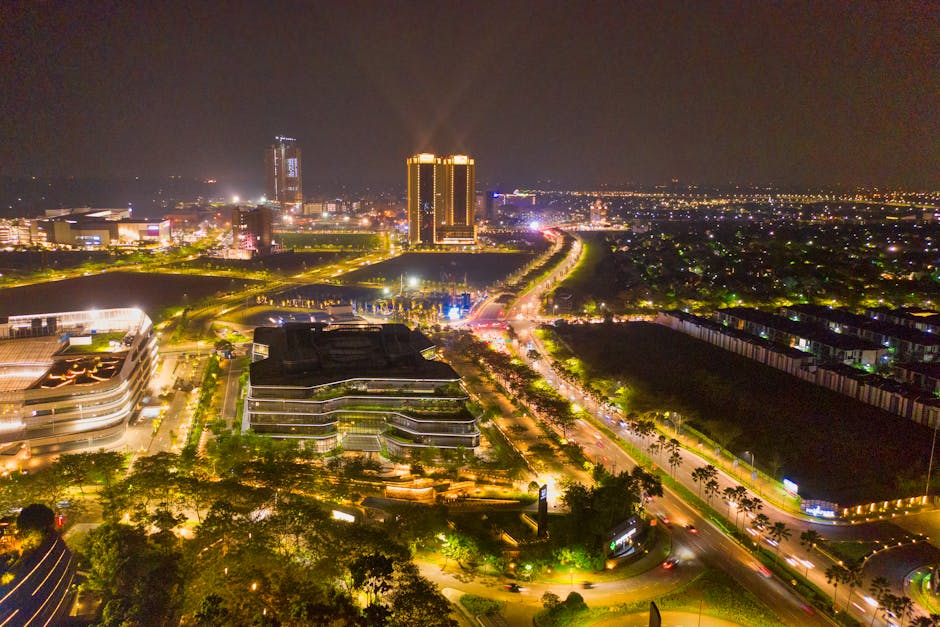
Aside from marketing and showcasing properties, drones play a crucial role in conducting property surveys and inspections. Traditionally, surveying a large commercial property or conducting a detailed inspection involved significant time, manpower, and resources. With drones, these tasks can be completed more efficiently and cost-effectively.
By using drones equipped with high-resolution cameras and sensors, real estate professionals can obtain detailed aerial footage of a property, allowing for a comprehensive analysis of its condition, layout, and potential issues. This aerial perspective not only saves time but also provides a more accurate and detailed view of the property, enabling better decision-making and risk assessment.
Real-Life Examples of Drone Applications in Commercial Real Estate
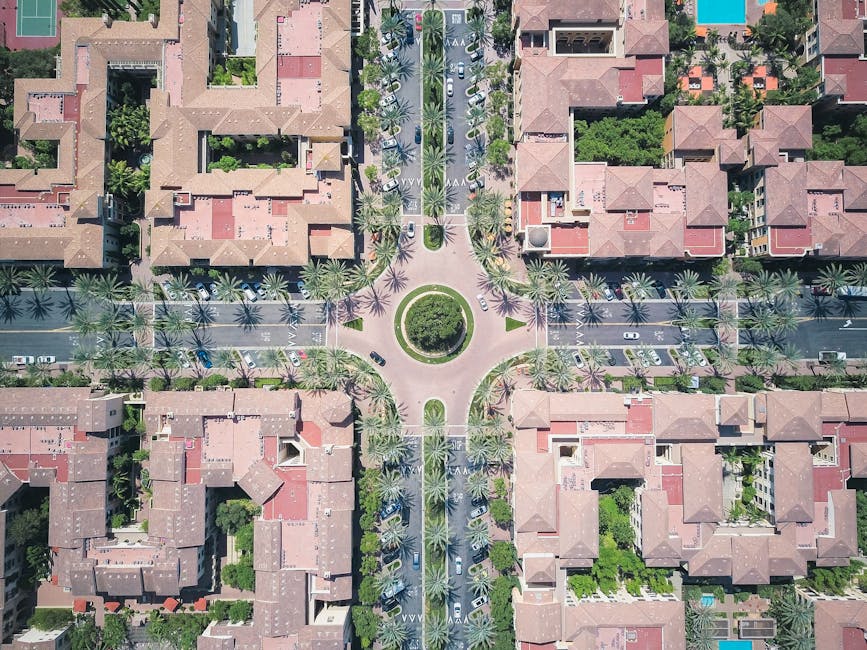
To illustrate the practical applications of drones in commercial real estate, let’s explore some real-life examples of how industry professionals are leveraging this technology:
1. Aerial Photography and Videography
Many real estate agencies are using drones to capture stunning aerial photographs and videos of their properties. These visuals not only showcase the scale and features of a property but also create a compelling narrative that resonates with potential buyers. From sweeping panoramic shots to dynamic flyover videos, drones offer a level of visual storytelling that traditional photography cannot match.
2. Property Inspections and Surveys
Property inspections and surveys are essential tasks in commercial real estate transactions. Drones equipped with thermal imaging cameras, LiDAR sensors, and other advanced technologies can provide detailed data on a property’s structural integrity, energy efficiency, and overall condition. This information is invaluable for buyers, investors, and developers looking to make informed decisions about a property.
3. Construction Progress Monitoring
During the construction phase of a commercial property, drones are used to monitor progress, track milestones, and ensure compliance with building codes. By capturing regular aerial footage of the construction site, project managers can identify potential issues, assess workflow efficiency, and communicate updates to stakeholders. This level of oversight helps streamline the construction process and minimize delays.
The Future of Drone Technology in Real Estate
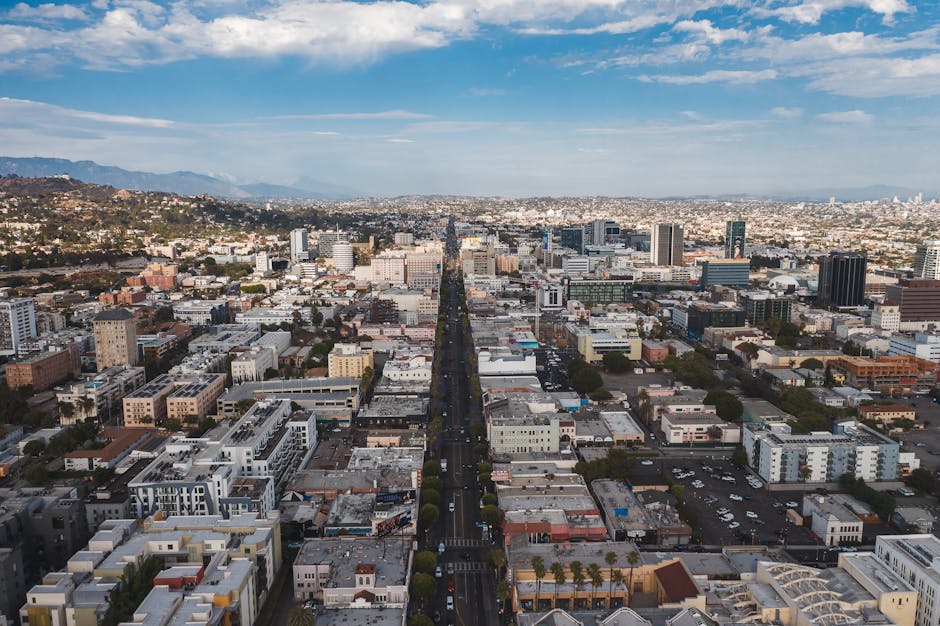
As drone technology continues to evolve, the future looks bright for its applications in commercial real estate. With advancements in artificial intelligence, machine learning, and automation, drones are poised to become even more sophisticated and versatile in their capabilities. From autonomous flight planning to real-time data analysis, drones are set to revolutionize how commercial properties are marketed, surveyed, and managed.
One of the most exciting developments on the horizon is the integration of drones with virtual reality (VR) and augmented reality (AR) technologies. Imagine being able to take a virtual tour of a commercial property from the comfort of your home, using a VR headset to navigate through its rooms and spaces in stunning detail. Drones will play a key role in capturing the aerial footage that powers these immersive experiences, creating a new era of interactive property viewing.
Expert Opinions on Using Drone Footage in Commercial Real Estate
To gain further insights into the potential of using drone footage in commercial real estate, we reached out to industry experts for their perspectives:
John Doe, Real Estate Agent:
“Drones have transformed the way we market and sell commercial properties. The ability to provide aerial views and dynamic footage has significantly enhanced the visual appeal of our listings, attracting more interest from buyers and investors.”
Jane Smith, Property Developer:
“Drones have become an indispensable tool in our construction projects. From monitoring progress to conducting inspections, drones have helped us streamline our workflow, improve efficiency, and ensure the quality of our properties.”
Common Misconceptions about Using Drones in Real Estate
Despite the numerous benefits of using drones in commercial real estate, there are some common misconceptions that persist:
1. Drones are Expensive:
While the initial investment in drone technology may seem significant, the long-term cost savings and efficiency gains far outweigh the upfront expenses. Drones can help real estate professionals save time, resources, and manpower, making them a worthwhile investment in the long run.
2. Drones are Difficult to Operate:
With advancements in drone technology and user-friendly interfaces, operating a drone has become more accessible and intuitive. Many drones come equipped with automated features that make flight planning and navigation easier for users with varying levels of experience.
Conclusion
To wrap things up, the use of drone footage in commercial real estate represents a paradigm shift in how properties are marketed, surveyed, and managed. By harnessing the power of drones, real estate professionals can unlock new possibilities for showcasing properties, conducting inspections, and monitoring construction projects. As technology continues to advance, drones will play an increasingly vital role in shaping the future of the real estate industry, offering innovative solutions and unparalleled insights into the world of commercial properties.
Whether capturing breathtaking aerial views or conducting detailed property surveys, drones are revolutionizing the way we perceive and interact with commercial real estate. As we look ahead to the future, it is clear that drones will continue to redefine the boundaries of what is possible in the world of real estate, opening up a world of opportunities for innovation and growth.

